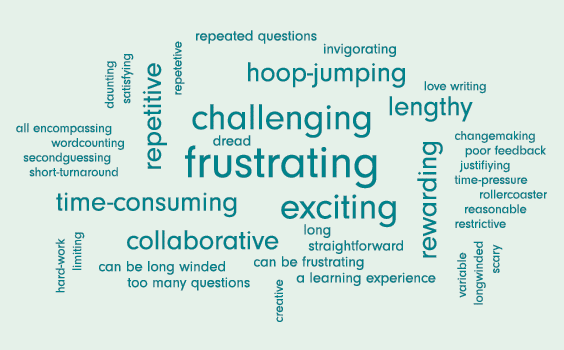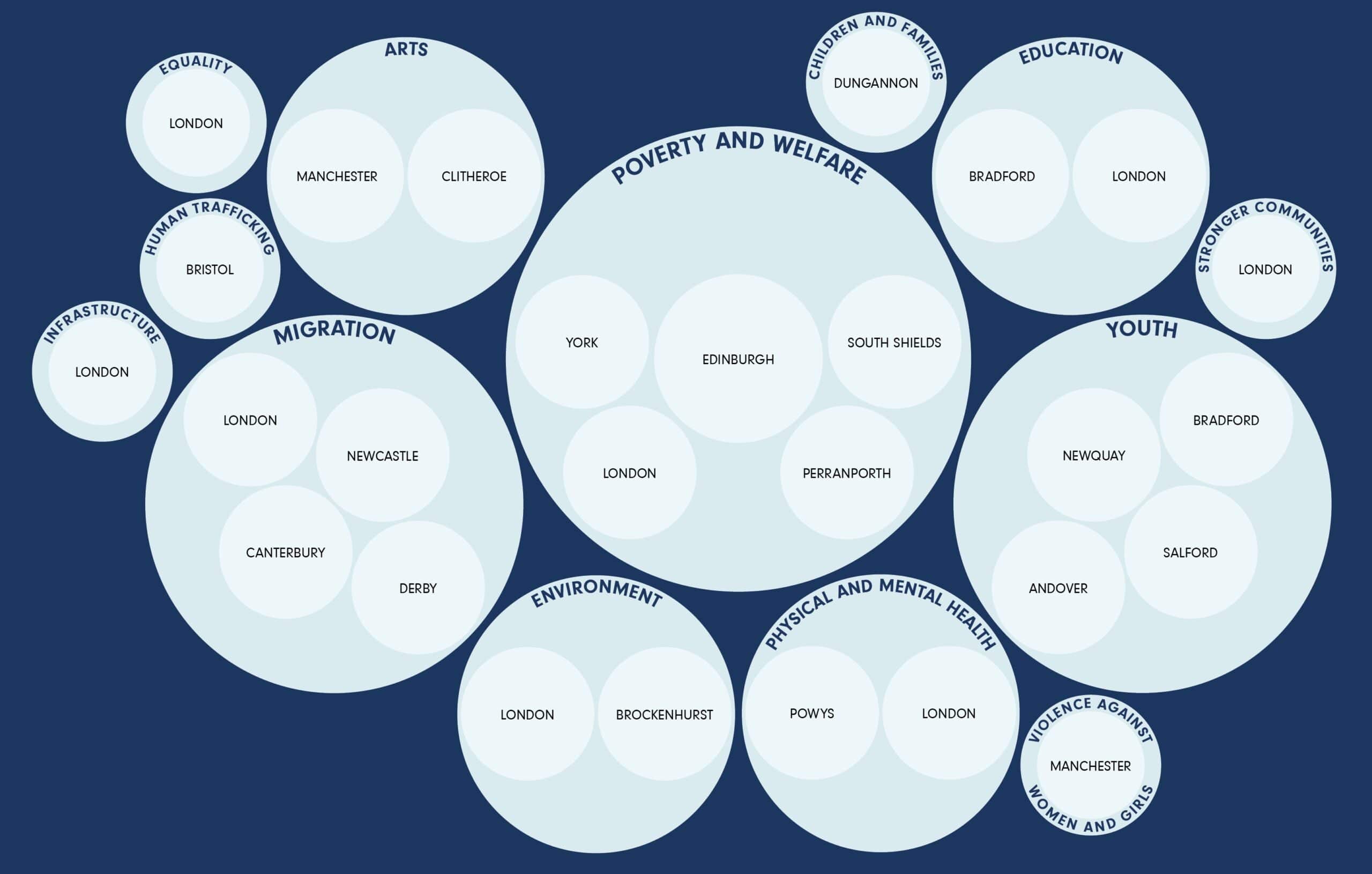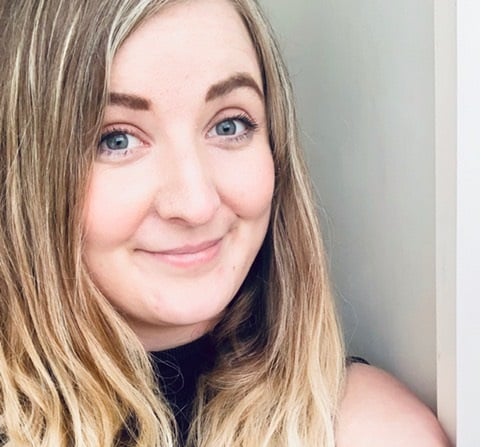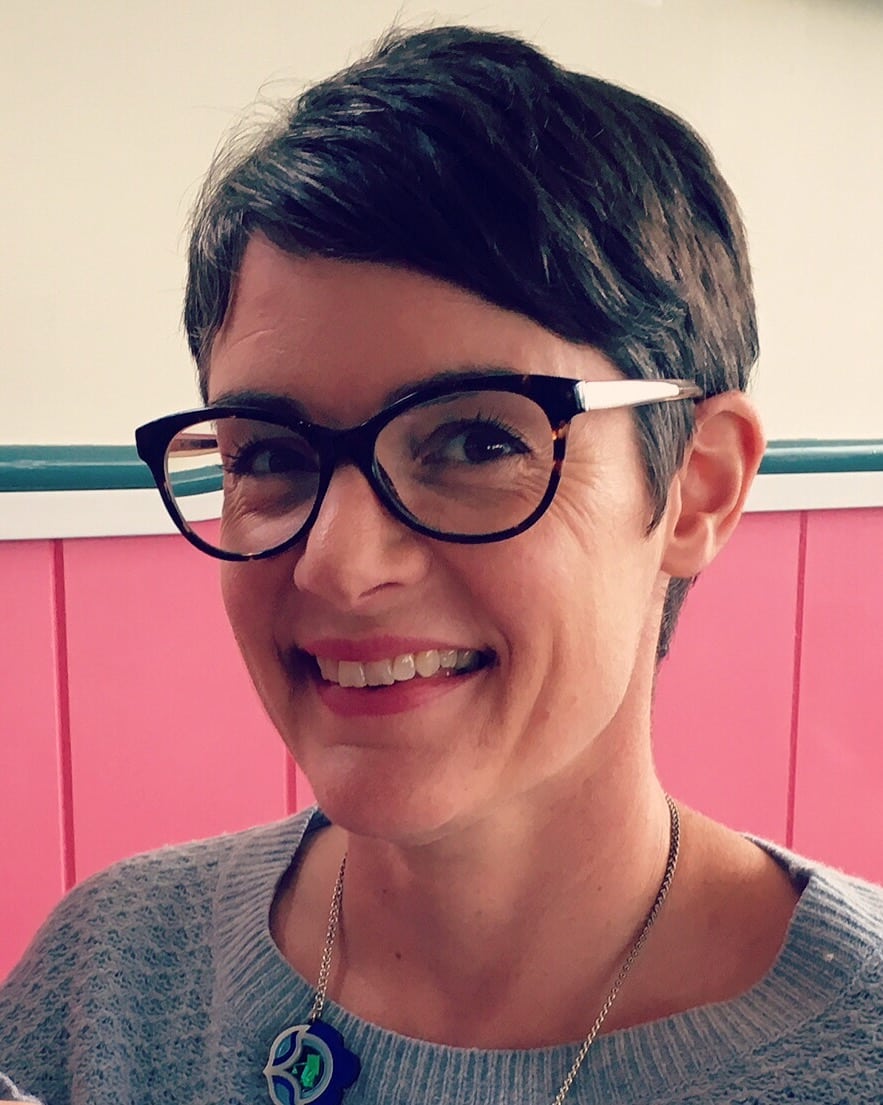Following the new year tradition, we’ve been reflecting on the year passed – what resonated, what we’ve learnt together, and what to take forward.
In this blog, we spotlight seven popular publications released in 2021 – a year characterised by ongoing uncertainty – to share insights, resources and updates that can support your learning and work in 2022.
1. A social prescribing network on the Fylde Coast

For: Charities | Public Agencies
Who did we work with? We were learning partners to the Lancashire and South Cumbria Health and Care Partnership, working with local voluntary organisations and NHS Primary Care Networks (PCNs).
What is the project about? As part of a learning initiative, the Lancashire and South Cumbria Health and Care Partnership aimed to create and sustain meaningful organisational connections to improve local health.
What did we learn? Distilling our insights, we captured the puzzle pieces of effective partnerships, talking points to help nurture and progress collaborative ties, and learning examples from local networks – producing resources that support the area and other cross-sector partnerships working within England’s healthcare system.
In the Fylde Coast case study, specifically, we focused on the gaps in connections where colleagues did not cross paths often, following their approach to build a more connected social prescribing network. The case study outlines what success may look like for local people and the network itself, with recommended next steps to actualise these goals, including raising awareness with GPs and developing resource hubs.
You may also be interested to know…
We continue to build on our library of resources for health partnerships. Our new initiative, Connecting Health Communities, focuses on partnerships addressing health inequalities in their community, supporting them in their approaches to cross-sector working.
Receive updates on our new work by signing up for our bulletin here.
2. The STAGE partnership: Learning and legacy
For: Charities
Who did we work with? We were learning partners to the STAGE partnership: a group made up of small, medium and large charities providing specialist women’s services across the North East.
What is the project about? The report reviews their journey from the start. It is a positive, honest and detailed account of the realities of partnership working between organisations of different sizes.
What did we learn? The report highlights the advantages partnerships can bring, such as improved services for beneficiaries, increasing local influence and tapping into additional resources. It also shows us that partnerships between different sized organisations can bring unique challenges, such as letting go of previous perceptions of partnership working and inherent power dynamics.
The driving factors in their success included:
- Embedding a shared ethos and approach at all levels – delivery, operational and strategic
- Building high-quality relationships underpinned by trust, appreciation and understanding
- Regular review points
- Safe spaces to express views
It is a valuable example for any charities preparing or sustaining new partnerships in 2022, as it outlines measures and considerations to help address issues that can arise in the early stages.
You may also be interested to know…
The STAGE partnership expressed interest in devoting time towards joint working as a next step and have now been awarded a grant from the National Lottery to fund their work. IVAR continues to explore and support collaborative working, as well as the unique value of small charities.
3. The contribution and value of the voluntary sector in East Sussex

For: Charities | Public Agencies
Who did we work with? The East Sussex County Council.
What is the project about? The report explores the economic and social value that voluntary, community and social enterprise organisations bring, helping the local council to understand the scale, scope and contribution of the sector.
What did we learn? While economic figures can be useful to gauge a feel for the size and significance of a sector within a community, they must be interpreted and used with care when it comes to civil society. Unlike other sectors, economic value is not a defining measure of the success or worth of a charity.
The report reconceptualises what is meant by ‘value’ by looking beyond money, summarising it in terms of social and environmental values too. Doing this asserts the importance of charities in the fabric of our communities and provides comprehensive measures to review and understand their impact.
4. This is what applying for funding feels like …

For: Charities | Foundations
Who did we work with? 22 charities.
What is the project about? We asked the charities about their experiences of applying for funding, as part of our open and trusting grant-making initiative, with the view of collecting unbiased feedback.
What did we learn? Grant applicants are carrying the burden of rejections, little to no feedback from which to learn, and lacking the connection with foundations that they need. In adopting a more open and trusting process, where feedback is standard and relationships strengthened, we may be able to eliminate words like ‘scary’, ‘stressful’ or ‘frustrating’ from ever being associated with the experience of applications (and with the foundations by extension).
The application process still has some way to go in order to ensure it is mutually respectful, but this work ignited conversation amongst foundations on some ways forward.
You may also be interested to know…
We are now approaching the one-year anniversary of the open and trusting grant-making initiative. The funder community has grown to over 90 foundations committed to developing their practices. Help us reach 100 foundations by our anniversary on the 11th February 2022 by signing up or encouraging foundations to do so.
5. Response to change: How small voluntary organisations are using tech

For: Charities | Foundations
Who did we work with? We worked alongside our partners at CAST, building on the learning from our previous project: Start Somewhere. The study involves a number of small voluntary organisations and foundations who allowed us to review their approaches to fuelling digital progression in the sector.
What is the project about? We explore how small voluntary organisations responded to change and used tech through the upheaval and uncertainty of 2020 by following the journey of four organisations. We also discussed the approaches and opinions of foundations to better understand the challenges and barriers in the digital funding landscape to provide recommendations.
What did we learn? The pandemic saw small charities embracing tech like never before. Some took their first steps forward into digital adoption while others used this time as an opportunity to test and innovate.
We noticed that:
- Covid-19 forced small charities to respond to change by using tech and showed them digital is, indeed, possible.
- Everything now includes a digital or tech element – and many charities are leading the way.
- We know digital is not always inclusive. The digital divide has been magnified by the pandemic, so blended service models offer choice and cater to the wide spectrum of skills and needs.
Our report includes tips and advice, four case studies, how foundations can support the use of tech, and the challenges both charities and foundations may face as we move forward, including digital inclusion, developing digital literacy and getting support for digital infrastructure. It features on our using tech page for charities.
You may also be interested to know…
You can read or share digital journeys on the Catalyst platform, click on this box to find out more.
Catalyst is a charitable initiative incubated by CAST.
6. Covid-19 briefings

For: Charities | Foundations
Who did we work with? Charity leaders who attended our Emergency Response peer support groups from April 2020 – May 2021
What is the project about? As a response to the pandemic, we facilitated online peer support groups for charity and health leaders from April 2020, where individuals could share challenges, dilemmas and worries, learning from each other’s experiences. From these sessions, we produced regular briefings to capture the live situation and pinpoint what would help.
What did we learn? The briefings demonstrate the resilience of charities and their ability to adapt. They proved popular among charities and foundations as a quick way to learn from collective experiences and respond to issues raised or exacerbated by the pandemic.
Over the year, charity leaders noted the following as consistent key challenges:
- Maintaining team wellbeing and morale – especially in the context of increased and changing demands
- Planning in uncertainty
- Funding
As we head into the new year – still living with a pandemic – these issues are likely to remain at the forefront. Developing support and systems – both internally and from foundations – will help charities tackle challenges, remain sustainable and even tap into the opportunities created by the pandemic, especially if backed by agile funder responses. We recommend foundations and charities flick through the briefings to reassess what may prove helpful in the context of 2022.
You may also be interested to know…
Evolving from our emergency peer support groups, we created a programme to support charities Leading in Uncertainty. In the first half of 2022, we’ll be working with seven organisations – The Centre for Youth Impact; Community First Yorkshire; Women Acting In Today’s Society (WAITS); Voluntary Organisations Network North East (VONNE); Action with Communities in Rural England (ACRE); Getting on Board, and the Maudsley Charity – to support their members to navigate uncertainty.
7. The holy grail of funding: Why and how foundations give unrestricted funding
For: Charities | Foundations
Who did we work with? 12 trusts and foundations
What is the project about? Working alongside trusts and foundations, we wanted to understand why and how foundations give unrestricted funding, as told through the voices of trustees and senior staff. Whatever the constraints foundations face, we wanted to explore: can foundations go further in offering unrestricted funding?
What did we learn? Firstly, we wanted to illustrate the value this type of funding gives organisations, as seen by the foundations, to make a case for more flexible funding. Unrestricted funding allows a funded organisation to:
- Make better use of expertise
- Be flexible and agile
- Do more effective work
- Foster better relationships with foundations
- Build their confidence
- Benefit from lighter processes
- Reduce organisational risk and create greater resilience
We explored common questions about how and why foundations decide to offer unrestricted funding – from legal powers, impact judgements and breaking down power dynamics. The report encompasses advice from our group of foundations including having confidence in the organisations you fund and in your decision-making, building on the funding experiences in Covid-19, and being a part of the conversation on unrestricted funding.
You may also be interested to know…
Other related publications topping our charts included Nick Addington’s guest blog on practical ideas for exploring unrestricted funding as foundations, Ben Cairn’s piece on why charities need greater control over their spending and our report from the first open and trusting Community of Practice, ‘Towards more flexible funding’. All these publications set the scene for how and why foundations can explore more flexible funding approaches.



